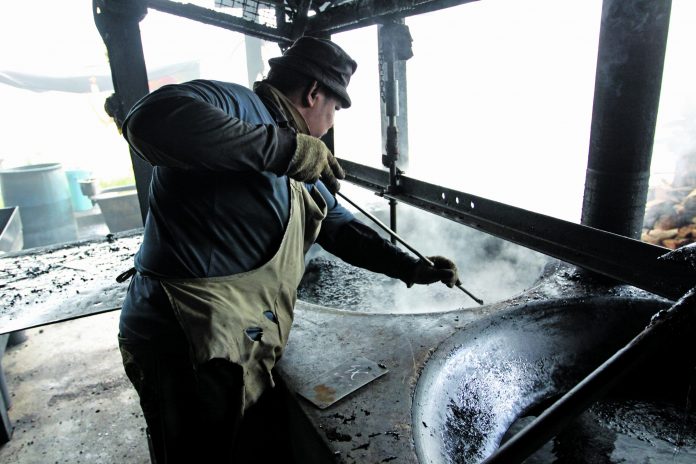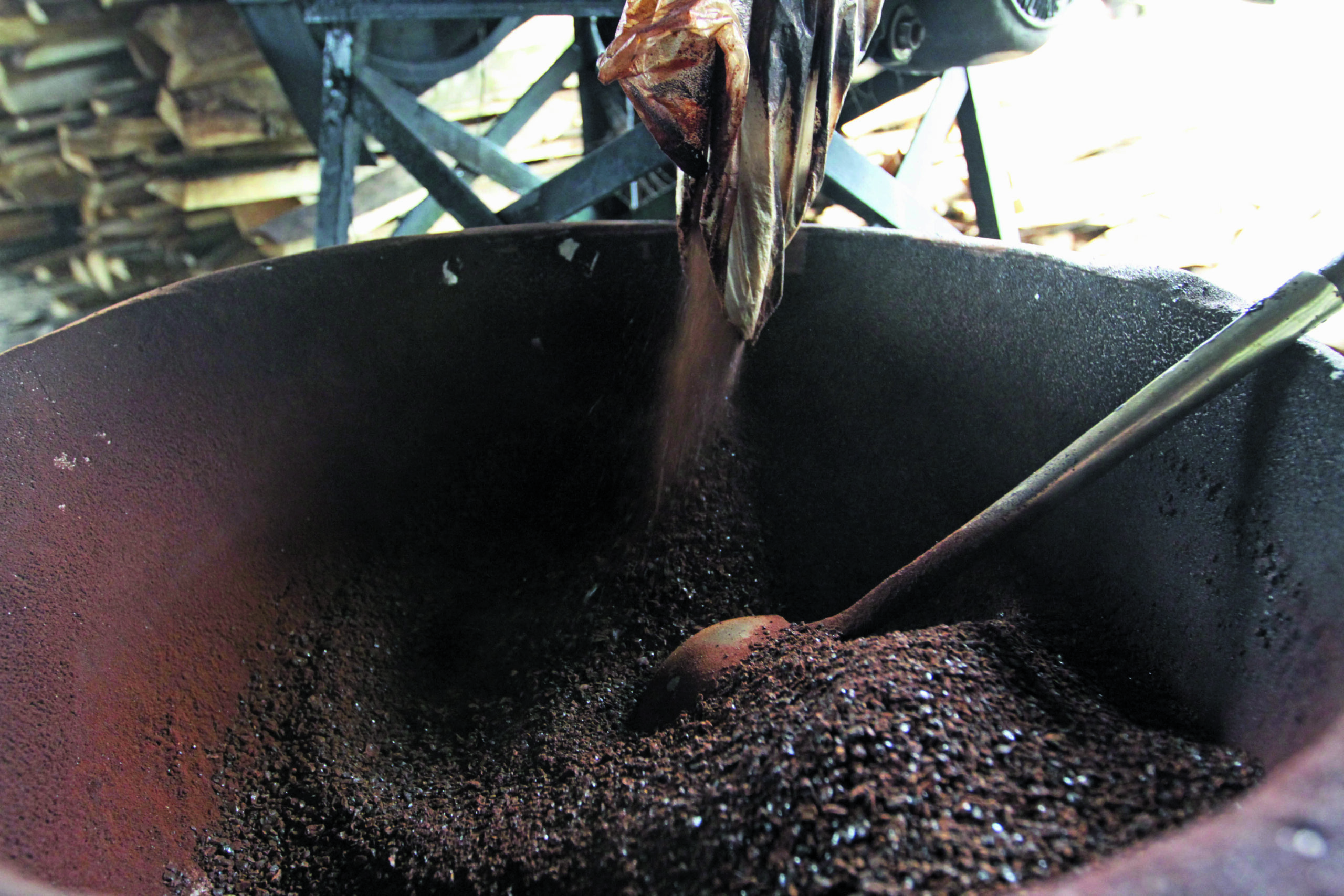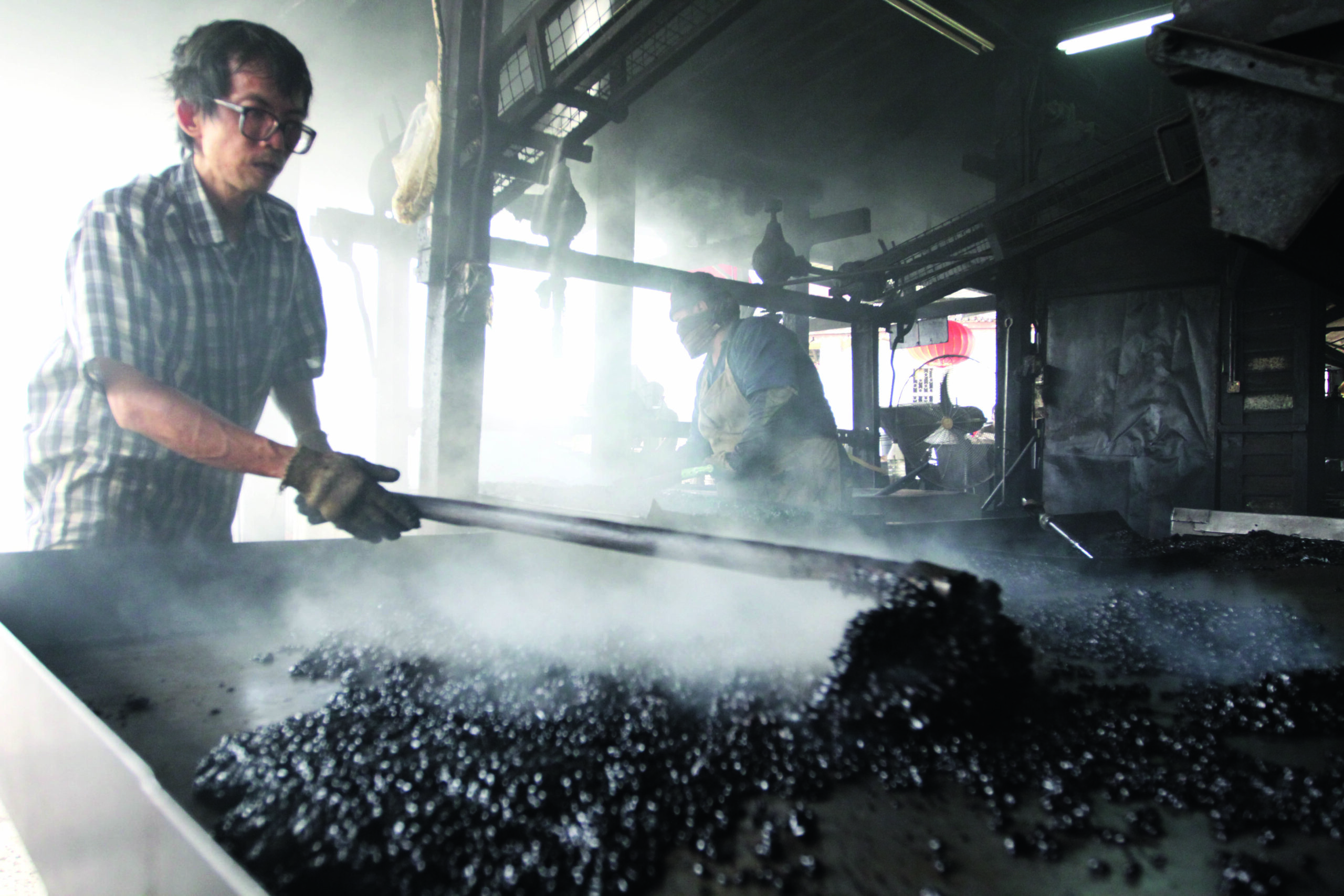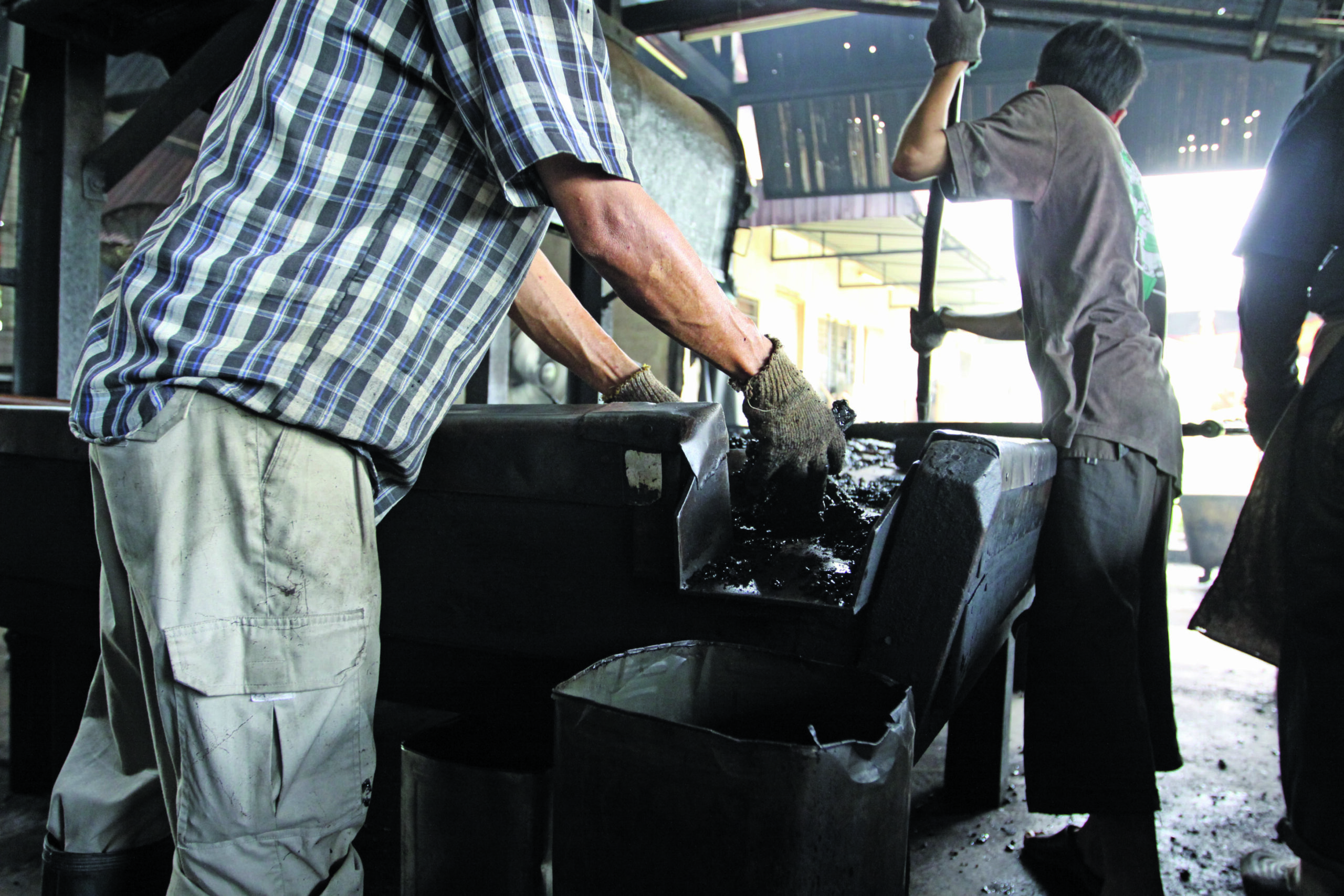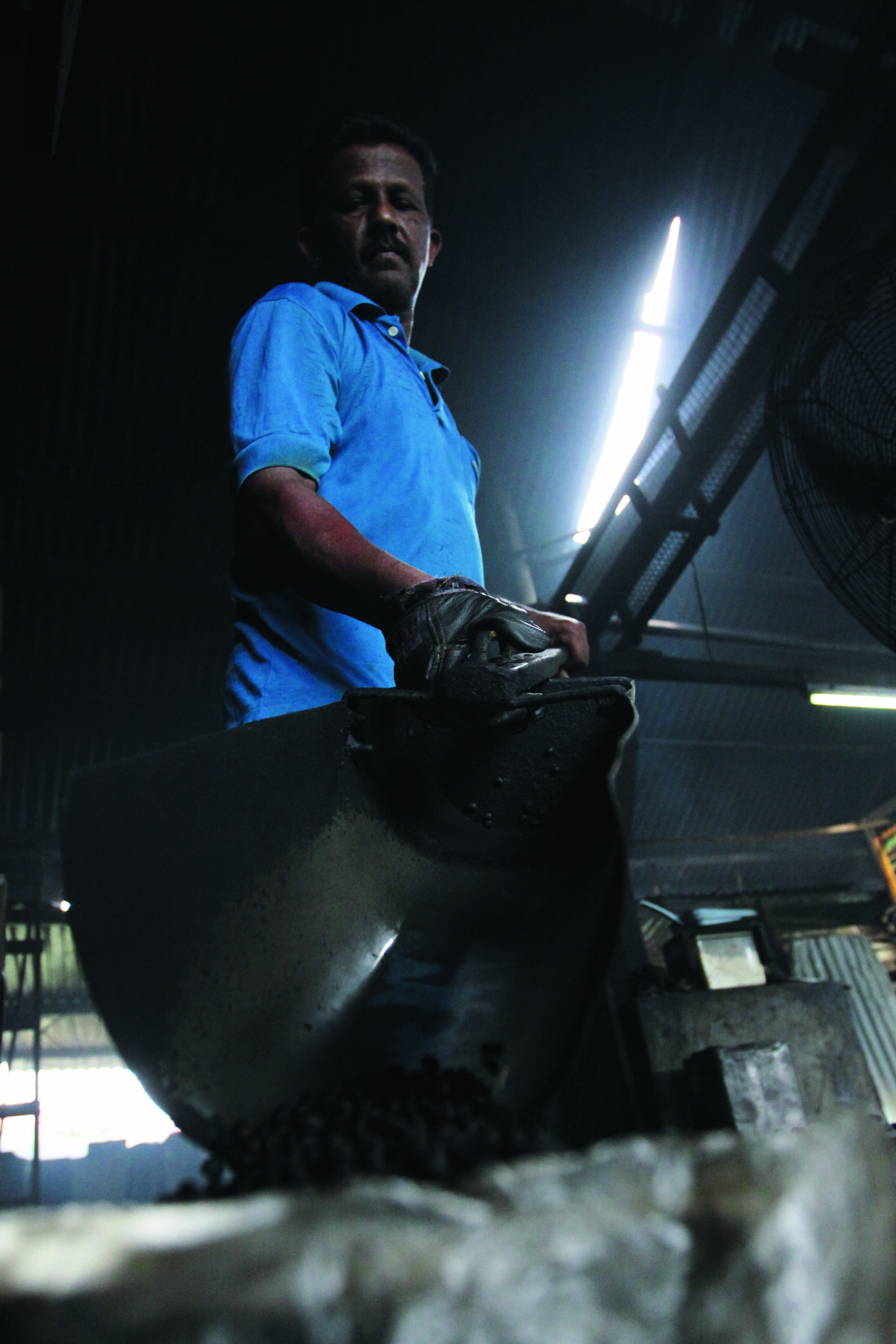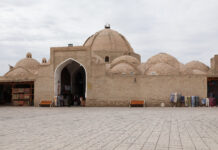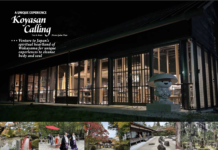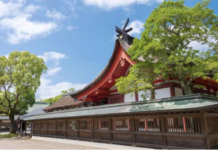Text & Photos by Adi Safri
Coffee in Malaysia has its origins in the state of Perak, and more specifically, its capital Ipoh. When people speak of Ipoh, the first thing that comes to mind is coffee. The famous Ipoh “white” coffee has become so distinct, it was adopted as one of the official drinks in the Malaysia Pavilion at the World Expo 2010 in Shanghai, China. And here, in a town once backward and simple, despite world fame in a cup, there remain a few traditional families who still make their coffee the way people did in the late 19th century.
Still a hit with the old-timers of this community, the top coffee of choice is “white coffee”, while the traditional “black” is a close second. With Ipoh “white” coffee, the beans are roasted with palm oil margarine only, without sugar, resulting in a less dark roast. The coffee’s sweetness comes from the condensed milk that is added when served. Traditionally, Malaysian-style “black” coffee roast (kopi-O) is produced by roasting the beans with sugar, margarine and wheat. It will usually be served without cream or milk – not for the faint-hearted.
It was this rich history that lured me to this town in search of things traditional. I could immediately recognise the sentimental value of this place, its people and its particular way of making coffee. It was so inspiring to observe these skilled workers with their exceptional knowledege of coffee making, to appreciate the hard work and dedication behind every bean. To compete with the “big boys” of the modern coffee industry is a testimony to the value of the traditional. In the end, it comes down to taste. And here’s a brew that leaves coffee lovers dumbfounded, lost in a state of sublime satisfaction.
It is also rather amusing to see how such simple methods have stood the test of time. Yet it is the human capital that is so instrumental. The workers truly understand coffee – how to dry the beans, how to roast the coffee to produce the best aroma – through years of experience and an instinct for quality. And the packaging, marketing and every other aspect of the business of coffee is undertaken here too.
For the rest of this article (Asian Geographic No.84 Issue 7/2011 ) and other stories, check out our past issues here or download a digital copy here


